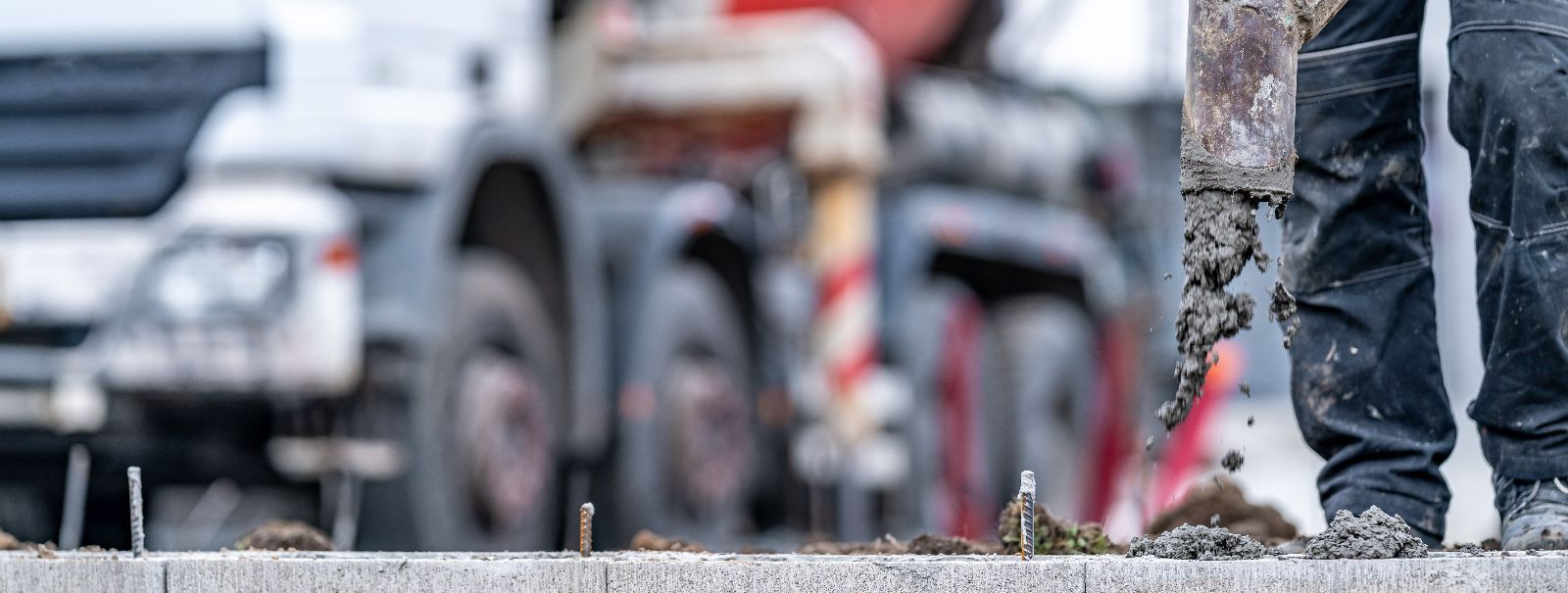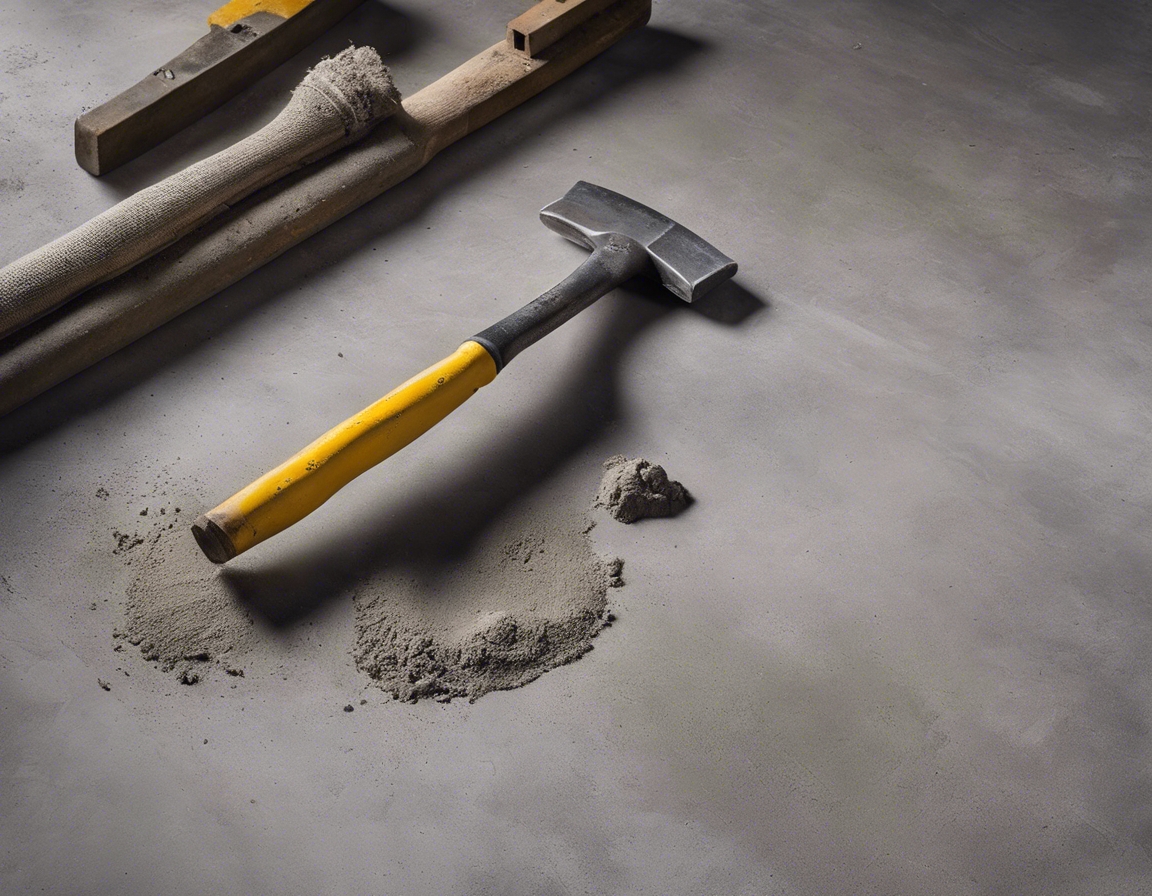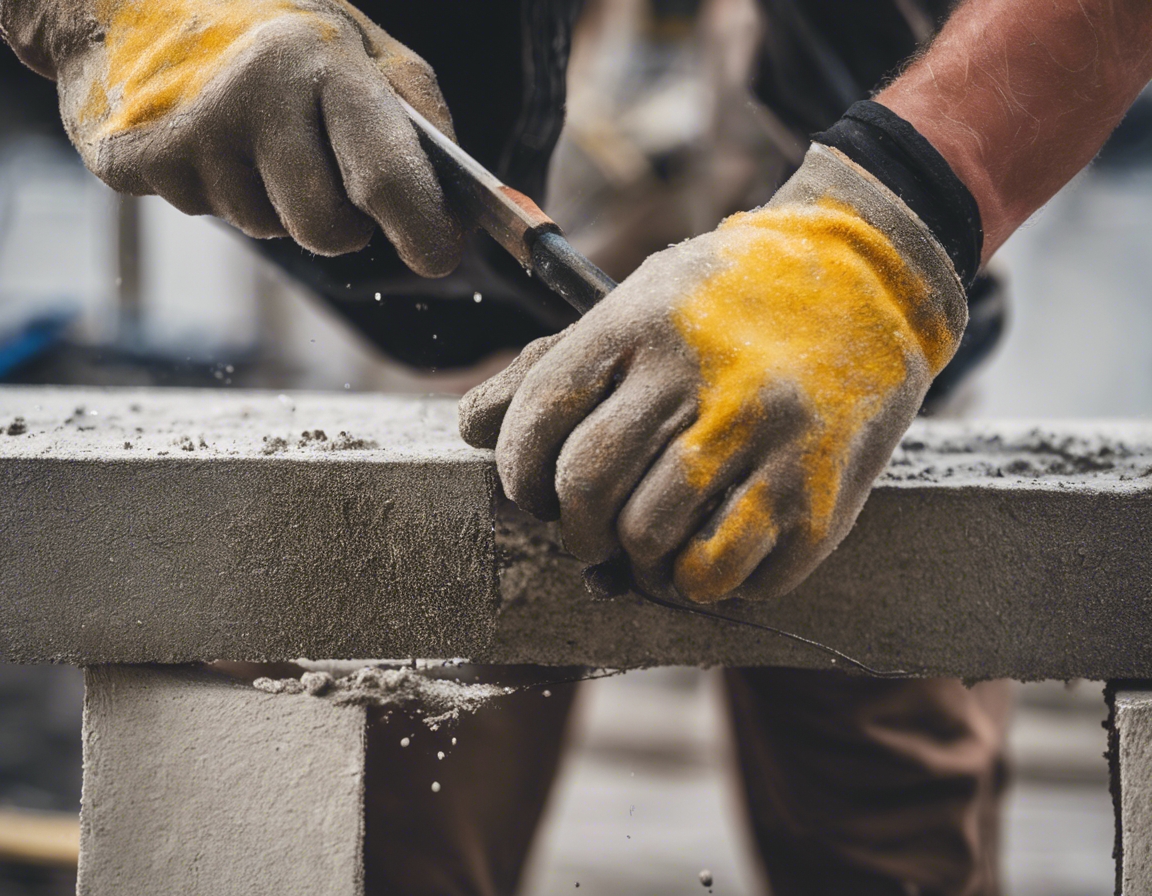The future of concrete: innovations in construction
Concrete is the backbone of modern infrastructure. Its versatility and strength have made it an indispensable material in construction, forming the foundation of our cities and the structures within them. However, as our understanding of materials science advances, so too does the potential for concrete innovation.
Innovative concrete solutions are emerging to address challenges such as environmental impact, structural longevity, and material limitations. These innovations promise to revolutionize the way we build, making structures safer, more durable, and more sustainable.
Advancements in Concrete Technology
One of the most promising developments in concrete technology is self-healing concrete. This material can repair its own cracks using embedded healing agents, potentially increasing the lifespan of concrete structures significantly.
Lightweight concrete offers the strength of traditional concrete but at a fraction of the weight. This reduction in mass can lead to cost savings in transportation and allows for more innovative architectural designs.
UHPC is a new class of concrete that provides exceptional strength and durability. Its superior properties enable the construction of thinner, longer spans, and more complex shapes than ever before.
The advent of 3D printing technology in construction allows for the rapid prototyping and building of complex structures with concrete, reducing waste and potentially transforming the speed and method of construction.
Sustainability and Concrete
Green concrete is made using waste products as part of its composition, reducing the environmental footprint of construction projects. This sustainable approach is gaining traction as the industry seeks to minimize its impact on the planet.
Concrete production is a significant source of CO2 emissions. Innovations in carbon capture and utilization aim to reduce these emissions by incorporating captured carbon into the concrete itself, creating a more sustainable product.
Using RCA in new concrete reduces the need for virgin materials and can lower the environmental impact of construction projects. This recycling process is an essential step towards a more circular economy in the construction industry.
Smart Concrete and the Role of IoT
Smart concrete embedded with sensors can monitor the health of a structure in real-time, providing valuable data on stress, cracks, and overall integrity. This technology enables proactive maintenance and ensures the safety of infrastructure.
Big data and AI are set to transform the concrete industry by optimizing mix designs, predicting maintenance needs, and even guiding autonomous construction equipment. These tools will lead to smarter, more efficient construction practices.
Future Trends in Concrete Construction
Modular construction techniques, where components are prefabricated and then assembled on-site, are becoming more common. Concrete's adaptability makes it an ideal material for this efficient and precise approach to building.
Robotics in concrete construction can lead to increased precision, faster construction times, and reduced labor costs. As robots become more sophisticated, their role in construction is set to grow, changing the landscape of the industry.







Comments (0)